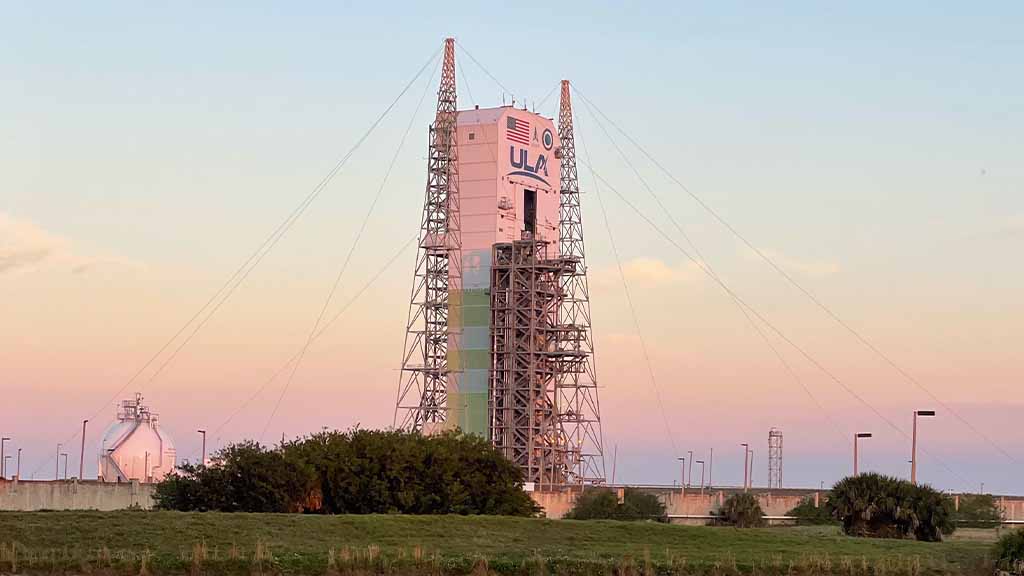ULA
Here’s how to watch ULA’s final Delta IV Heavy rocket launch

United Launch Alliance (ULA) will launch its 16th and final Delta IV Heavy rocket this week from Space Launch Complex-37 at Cape Canaveral Space Force Station, Florida.
Update 2: ULA Delta IV Heavy rocket launch is set for April 9 at 12:53 pm EDT. You can check the live stream link below.
Update 1: The launch on March 28 has been scrubbed due to an issue with the gaseous nitrogen pipeline which provides pneumatic pressure to the launch vehicle systems. The new launch is now planned for Friday, March 29 at 1:37 p.m. EDT.
Original Story:
As of March 25, the launch vehicle provider is targeting no earlier than March 28, 2024, at 1:40 p.m. EDT.
Meteorologists predict a 30% chance of acceptable weather for the #DeltaIVHeavy launch of #NROL70 on Thursday at 1:40pmEDT (1740 UTC) from Cape Canaveral.
Live countdown blog of #TheDeltaFinale begins at 9amEDT and launch webcast starts at L-25 minutes: https://t.co/0ZAppUgxBy pic.twitter.com/R5SPfY1Am3
— ULA (@ulalaunch) March 25, 2024
This launch vehicle will carry the NROL-70 mission for the National Reconnaissance Office (NRO). It develops and operates overhead reconnaissance systems to collect data for U.S. national security and support disaster relief and humanitarian rescues. The NROL-70 will boost NRO’s capability for intelligence gathering for different scenarios.
Delta IV Heavy rocket drives in three separation sections:
- Payload Fairing
- Cryogenic Second Stage
- First stage
The first stage of Delta IV Heavy consists of three booster cores. Its booster propulsion is provided by the throttleable RS-68A engine system which burns cryogenic liquid hydrogen and liquid oxygen.
These boosters deliver 705,250 lbs (312.3 kilo-newtons) of each and a total of 211,5750 lbs thrust at sea level. The booster is controlled by the DCSS avionics system to provide guidance and flight control.
The second stage is a cryogenic liquid hydrogen/liquid oxygen-fueled vehicle. It is using a RL10C-2-1 engine with 24,750 lbs of thrust. It attaches an equipment shelf to the aft dome of the DCSS liquid oxygen tank to provide the structural mountings for vehicle electronics.
The top of the launch vehicle carries a payload fairing with a metallic trisector. It measures 5 meters in diameter and encapsulates the spacecraft to protect it during ascent. The entire launch vehicle is approximately 235-ft long along with the 65-ft fairing.
You can check the live stream link below.












